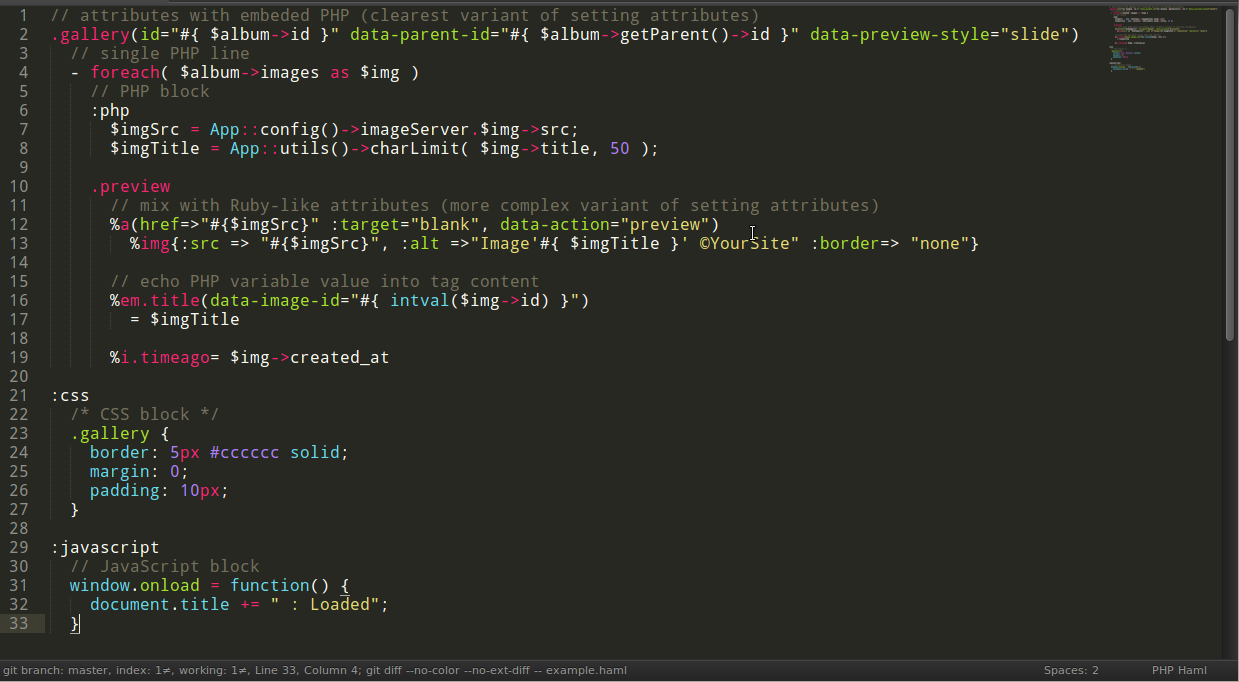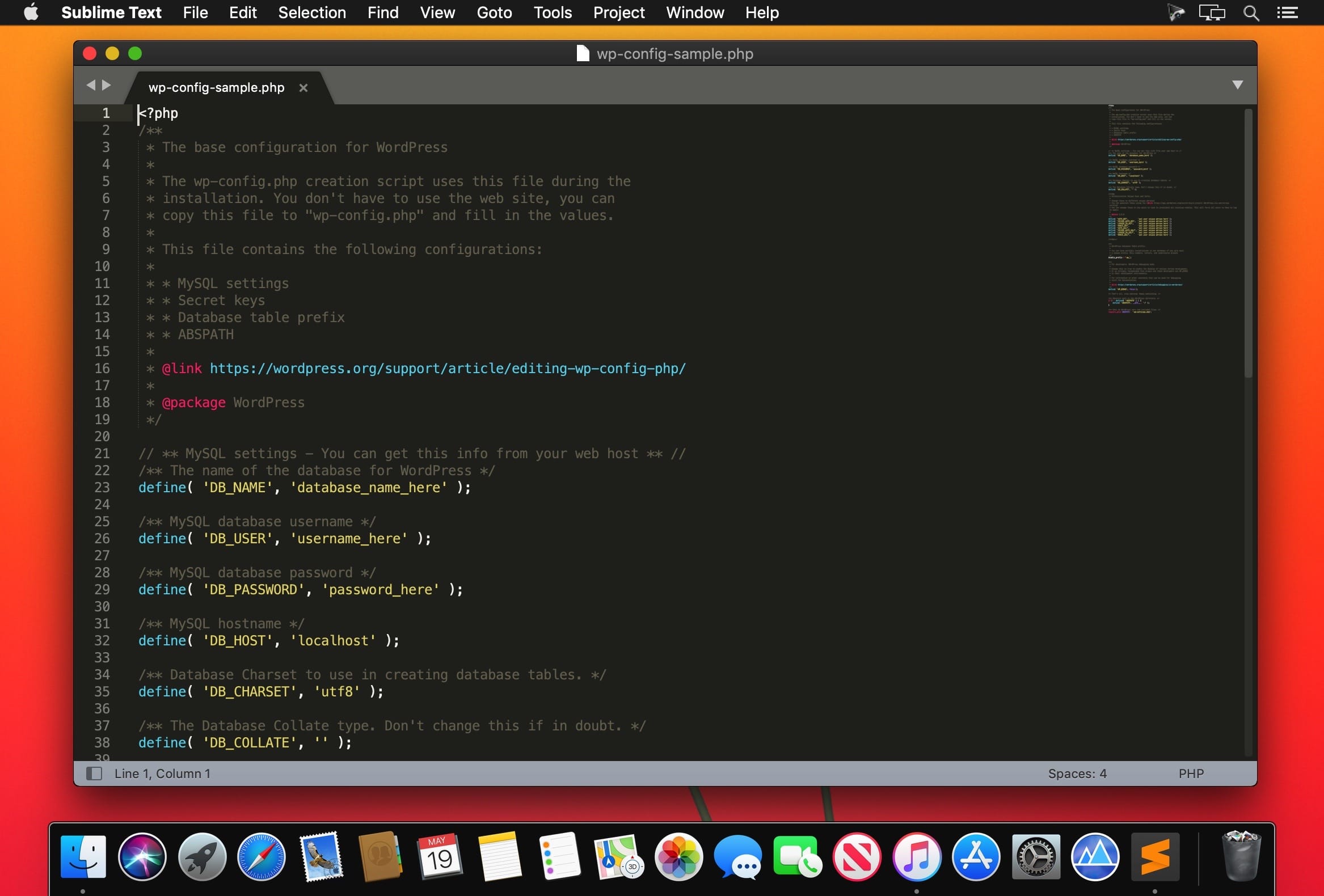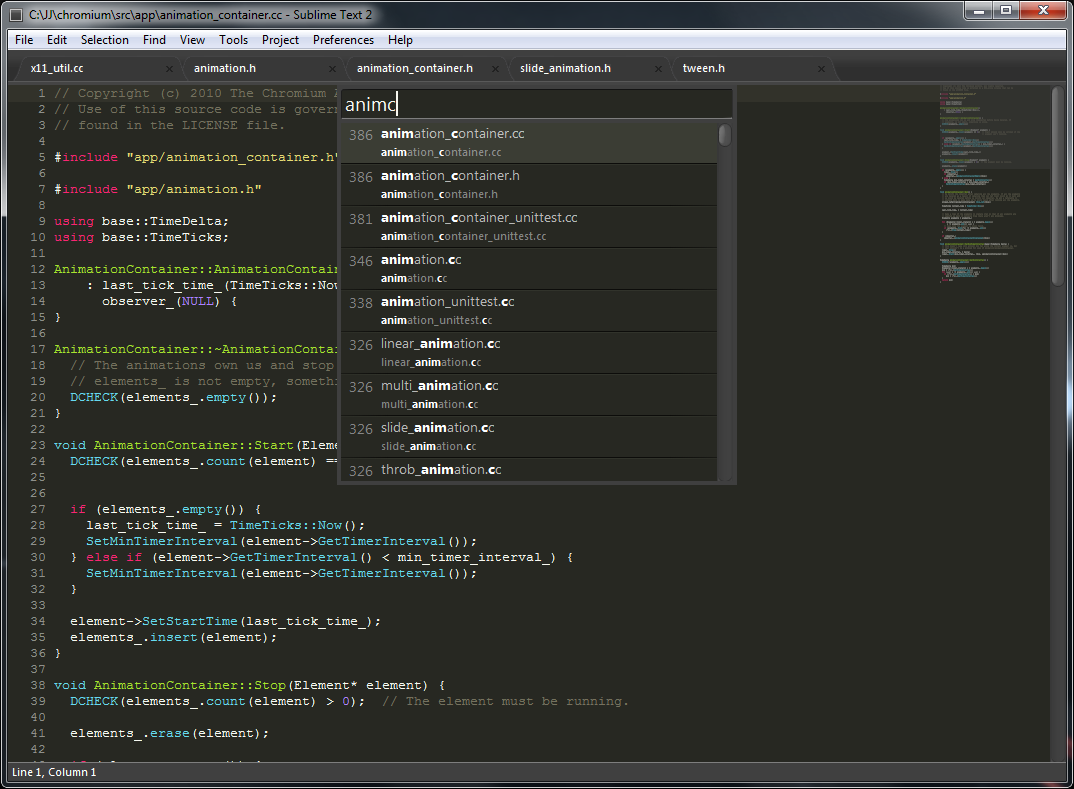- Sublime Text Tutorial

Sublime Text 3 is a code editor software program that allows you to be able to write code efficiently. Here you can do all that you want within the coding process, and it has a solid number of plugins and packages to customize the platform directly to your needs.
- Sublime Text Useful Resources
- Selected Reading
Every editor includes plugin for the development, that triggers set of activities and default packages. Sublime Text editor includes a feature for developing your own customized plugin. This chapter discusses in detail about developing your own plugin in Sublime Text.
Developing Plugin
The following steps show you in detail how to develop a plugin in Sublime Text −
- Customizing Sublime Text 3. After you download ST3, you can customize it. Install the subl command line tool. Just Like TextMate has the mate command, Sublime Text has a command line tool called subl that allows you to open one file, or an entire directory of files and folders, from the terminal.
- About Sublime Text. A sophisticated text editor for code, markup and prose. Use Goto Anything to open files with only a few keystrokes, and instantly jump to symbols, lines or words.
Step 1 − Select the New Plugin option by navigating through Tools → Developer → New Plugin as shown below −
Step 2 − The basic code of a plugin includes import of two main libraries: sublime and sublime_plugin.
The code for the plugin is −
Step 3 − The customized plugins are saved in Packages → User folder. Refer to the following screenshot that gives you the complete understanding of the plugins saved in Sublime Text editor.
Running the plugin
When you have created a plugin and saved it, open the console using the shortcut key Ctrl+` on Windows and Cmd+` on OSX, and execute the command shown here −
This command will execute the plugin defined by the user with the list of activities included in it.
The Sublime Text is a cross-platform text and source code editor, with a Python application programming interface (API). Sublime Text is proprietary software. Its functionality is extendable with plugins. Most of the extending packages have free-software licenses and are community-built and maintained. Sublime Text lacks graphical setting dialogues and is entirely configured by editing text files.
Refer to the Sublime Text Documentationpage for more detailed information.
Contents

- Integration
- Manual Integration
- Initial configuration
- Manual Integration
We are glad to inform you about an awesome Sublime Text plugin for IoT developmentnamed Deviot. It is based onPlatformIO Core (CLI) and will automatically install it for you. Please visit officialDeviot page for the further installationsteps and documentation.
Integration process consists of these steps:
- Open system Terminal and install PlatformIO Core (CLI)
- Create new folder for your project and change directory (
cd) to it - Generate a project using PlatformIO Core Project Generator (
pioprojectinit--ide) - Import project in IDE.
Choose board ID using pio boards or Embedded Boards Explorercommand and generate project via pioprojectinit--ide command:
Then:
Sublime Text 2 Download Free
- Import project via
Menu:Project>OpenProject..and selectplatformio.sublime-projectfrom the folder where is located “platformio.ini” (Project Configuration File) - Select PlatformIO as build system:
Menu:Tools>BuildSystem>PlatformIO - Open source file from
srcdirectory (*.c,*.cpp,*.ino,etc.) - Build project:
Menu:Tools>Build.
Also, you can access to all pre-configured targets viaMenu:Tools>BuildsWith.. (ST3)
PlatformIO-Build- Build project without auto-uploadingPlatformIO-Clean- Clean compiled objects.PlatformIO-Test- Unit TestingPlatformIO-Upload- Build and upload (if no errors)PlatformIO-UploadusingProgrammersee Upload using ProgrammerPlatformIO-UploadSPIFFSimagesee Using FilesystemPlatformIO-Updateplatformsandlibraries- Update installed platforms and libraries via pio update.
Note
Please verify that folder where is located platformio program is addedto PATH (wiki) environmentvariable.
First of all, we need to create “New Build System” with name “PlatformIO”from Menu:Tools>BuildSystem>NewBuildSystem and fill it likedescribed below:
Secondly, we need to select “PlatformIO” Build System from a list:
After that, we can use the necessary commands fromMenu:Tools>CommandPalette or with Ctrl+Shift+P (Windows/Linux)Cmd+Shift+P (Mac) shortcut.

Sublime Text allows one to bind own hotkey per command. Let’s setup themfor PlatformIO commands using shortcut Menu:Preferences>Key-Bindings-User:

We are going to use these shortcuts:
F11for clean projectF12for upload firmware to target device
In this case, the final code will look like: Best apk apps for android.
Simple “Blink” project will consist from two files:
1. Main “C” source file named main.c must be located in the src directory.Let’s create new file named main.c using Menu:File>NewFile or shortcut Ctrl+N (Windows/Linux) Cmd+N (Mac) with the next contents:

2. Project Configuration File named platformio.ini must be located in the project root directory.Copy the source code which is described below to it.
Taking everything into account, we can open project directory in Sublime Text using Menu:File>OpenFolder and build it with shortcut Ctrl+B (Windows/Linux) or Cmd+B (Mac), clean project with shortcut F11 and upload firmware to target with shortcut F12.
Sublime Text Editor Free Download
A debugging feature is provided by Debugging and new debug configurationnamed “PlatformIO Debugger” is created. No need to do extra configuration steps!
Sublimetext.com
- Install SublimeGDB package
- Launch debugger with
F5 - Wait for a while, PlatformIO will prepare project for debugging andsession will be started soon.
